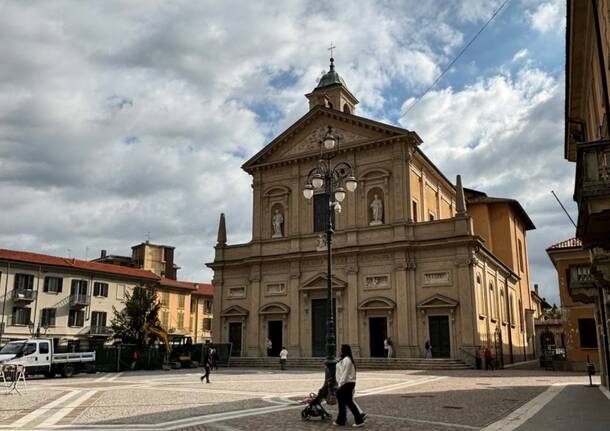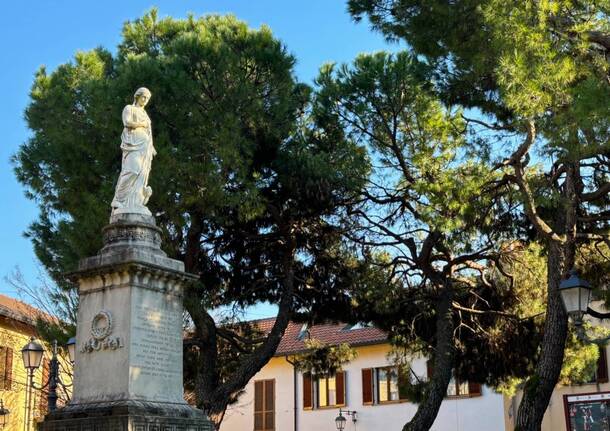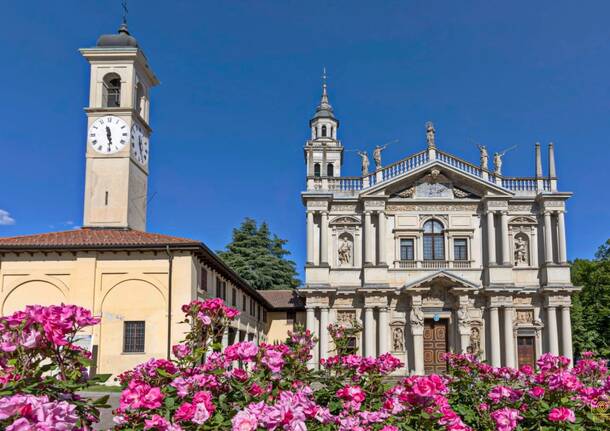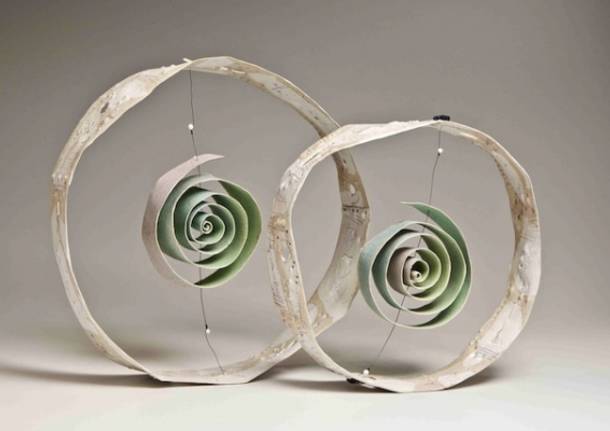Saronno - A day as a tourist in Saronno between art, history and nature - Archive - Varese News

Saronno is a municipality of about 38,700 inhabitants and today it plays the role of nerve center between the city of Milan with its hinterland and the Lombard provinces of Varese, Como and Monza. In 2024, Saronno station was a daily interchange point for 30,000 commuters.
But besides being an excellent exchange point to reach other destinations, what does the city itself offer?
The development of Saronno has grown exponentially since the end of the 19th century, when the city was affected by the construction of several industrial plants (Cemsa, De Angeli Frua, Cantoni, Lazzaroni, Isotta Fraschini…). The municipality recorded an increase in inhabitants in the second half of the 20th century, doubling its population.
The industrial presence in the area does not, however, cancel the presence of important historical monuments in the city center, which are certainly worth a visit. We have therefore decided to create an itinerary through the streets, parks and museums of the city.
Our starting point will be the Saronno railway station, perfectly connected to other Lombard cities and to the city centre, as well as being one of the first built in Lombardy around 1880.
Church of San FrancescoBefore entering the heart of the main street we find the church of San Francesco D'Assisi. The church dates back to the 13th century and was built after the visit of Saint Anthony of Padua to Saronno. Inside there are four chapels dedicated to Saint Anthony, the Rosary, the Immaculate Conception and Saint John the Baptist. The peculiarity of this church are the late 17th century frescoes by various artists, including the famous Stefano Maria Legnani, which decorate the colonnades that separate the three naves. The dating of this monument is not very precise, however this is one of the oldest monuments in Saronno and one of its main symbols.
Click here for more information about the church of San Francesco

From the church, just continue towards the center to be captivated by the smells of the bakers and the voices of the families who go shopping in the shops of Corso Italia and its arcades. We therefore recommend that you lose yourself among these shops and places where you will certainly find something that can satisfy you. Once the tour is over, you can rest on the benches of the course and admire the lively city life.

Continuing along Corso Italia you reach the main square: Piazza Libertà where the church of Saints Peter and Paul stands, dating back to 1783. The church was rebuilt on the ashes of the old 16th century church and its neoclassical façade fits neatly and harmoniously into the city context. Piazza Libertà is also a meeting place for all generations and can be defined as the nerve center of Saronno's nightlife.
Click here for more information about the Church of Saints Peter and Paul

In the city center before via San Cristoforo you can see from the outside the house of Giuditta Pasta, one of the most important opera singers of the 19th century born in Saronno. In the city another sign of her importance is the Saronno theater (dedicated to her), the most important in the area and one of the most famous in the province of Varese. Inside Villa Gianetti, an important residence not far from Piazza Libertà where there is an exhibition of memorabilia belonging to Giuditta displayed in a museum dedicated to her inaugurated in 2020.
Here is the link to learn about Giuditta Pasta's story

Continuing towards the centre, instead of taking Corso Italia, it is a must to make a detour to Via San Cristoforo, a less travelled road but full of beauty. Flowered balconies, wooden doors and silence: the intimate side of the city representing the most lived and past part of Saronno. A few metres from the beginning of this street you can come across “Piazza Della Riconoscenza” where there is a monument dedicated to the “Ciocchina” woman who, according to the Saronnesi rumours, was the cause of a fire in 1827 that caused damage felt by the population of the time. Continuing along Via San Cristoforo you can stop in the small bakeries and buy for example a focaccia or other delicacies that can be tasted in the next destination.
Click here to learn more about Ciocchina

From via San Cristoforo we continue north taking via Volta until the headquarters of the Ial Institute. From here, turning right you enter the Parco Del Lura. This park of supra-municipal interest runs along the Lura torrent (which also passes through the center of Saronno) from the municipality of Bulgarograsso to the municipality of Lainate. The park in Saronno includes a vast "prairie" perfect for an excellent picnic with friends and to relax from the hustle and bustle of the city.
Click here for information and itineraries in the Lura Park

Once back in the city context, always passing through Via Volta and then through the streets of the residential neighborhoods, you reach another stop on this itinerary, that is, the museum of the Saronno Industry. Here you can find evidence of the industrial past of Saronno with a rich collection of products and machinery from all the most important companies that have operated in the Saronno area. The time frame is from the second half of the nineteenth century to the economic boom of the 60s; in this period, some of the most significant episodes of the Lombard production history and beyond developed in the Saronno area,
At this stage, a redevelopment project is underway in the area of the former railway yard, so the museum will be temporarily moved.
Click here for information about the Mils Museum

To conclude our tour, we pass through the underpass next to the station and continue along the tree-lined avenue that leads to the Sanctuary of the Blessed Virgin of Miracles, the most famous church in the city. As soon as you enter, you are enveloped in a sense of peace and wonder. The frescoes inside and its historic organ tell of centuries of faith and art from Saronno. The building features numerous works, including those by the famous Bernardino Luini, who dedicated numerous paintings to the life of the Madonna and two paintings to the Adoration of the Magi and the Presentation of Jesus at the Temple. In addition to the stunning frescoes by Luini, wooden statues by Andrea da Milano are visible: the work of the Last Supper is famous, with many references to Leonardo's famous fresco. Don't miss the splendid dome frescoed by Gaudenzio Ferrari with the famous "concert of angels".
Click here for more information about the Sanctuary

Returning to the station area is the Giuseppe Gianetti Ceramics Museum. Located inside a historic villa from 1940, it houses three different collections of ceramics. The first displays only porcelain produced in Germany, the second displays Italian, European and Oriental porcelain, and the third displays Italian and European majolica from the 18th century. Also included are collections of contemporary ceramics and one dedicated to Aldo Marcenaro, a university professor from Genoa and an important collector of 18th-century ceramics.
Click here for more information about the Ceramics Museum

Saronno Storytellers Association
This article in the form of a small tourist guide to the city of Saronno was created by Andrea Giuseppe Puglisi (Third BE) and Michelangelo Sbertoli (third CE), students of the Liceo Classico Legnani of Saronno during the days of the Pcto (school-work alternation) at SaronnoNews.
Varese News






